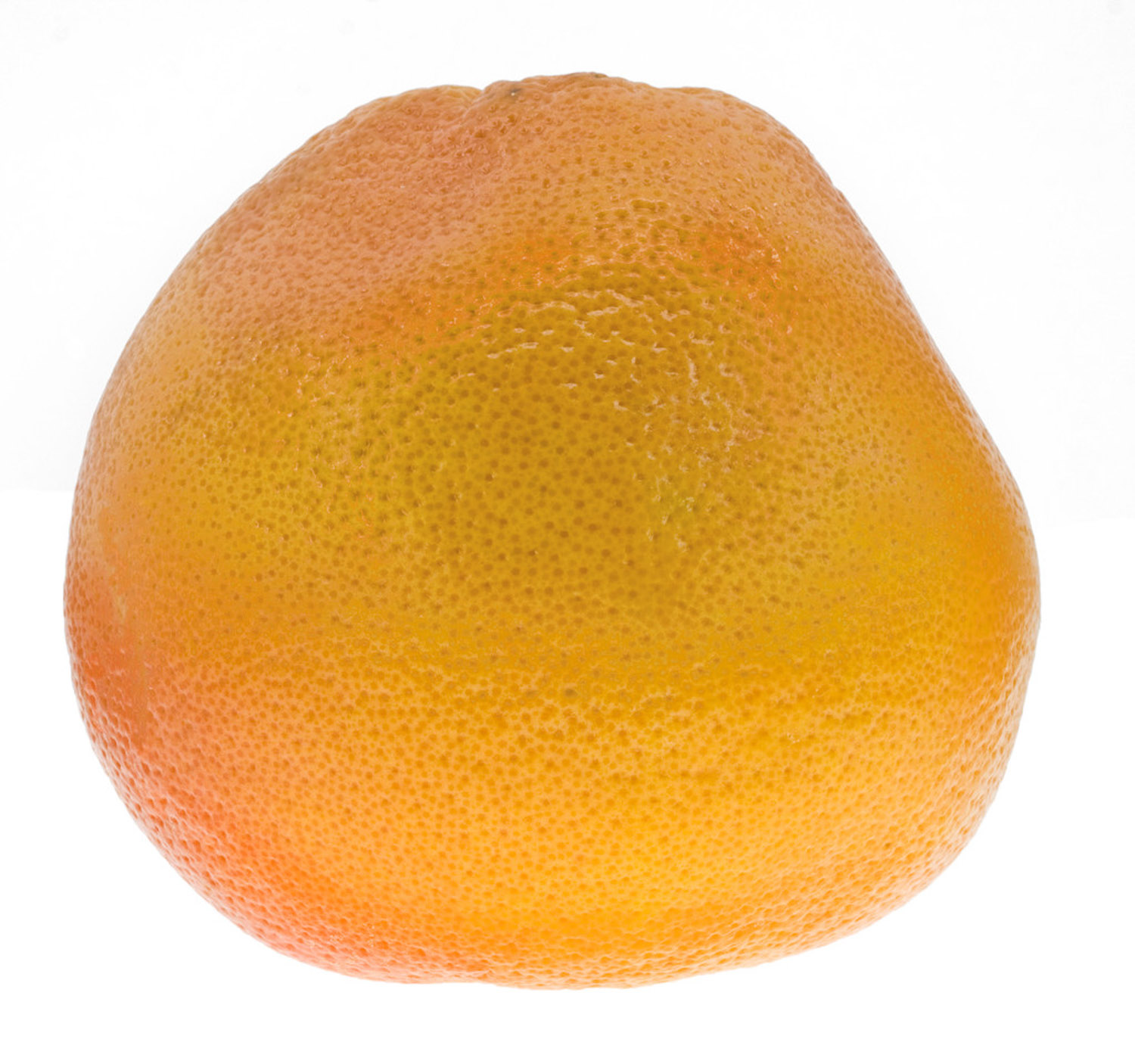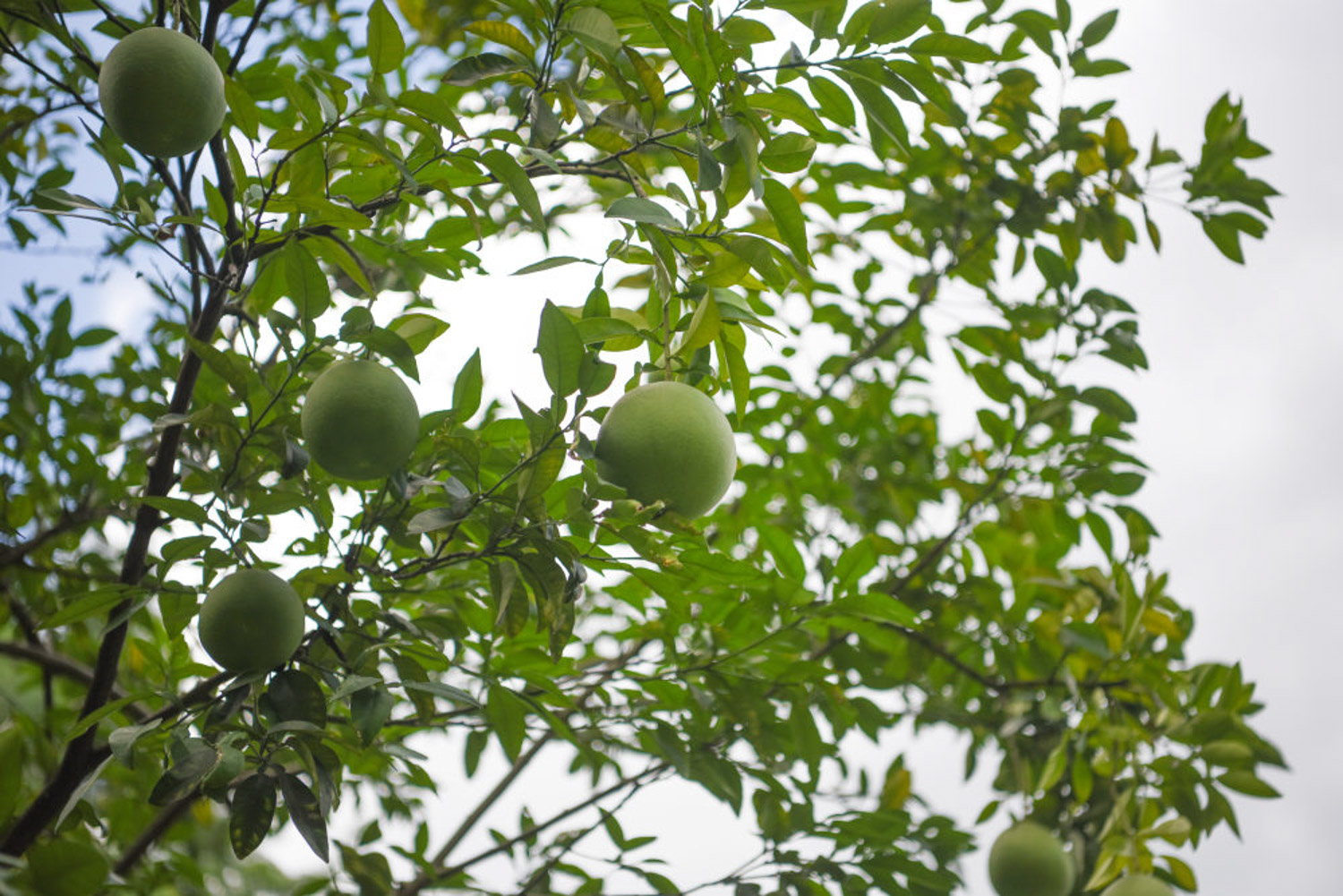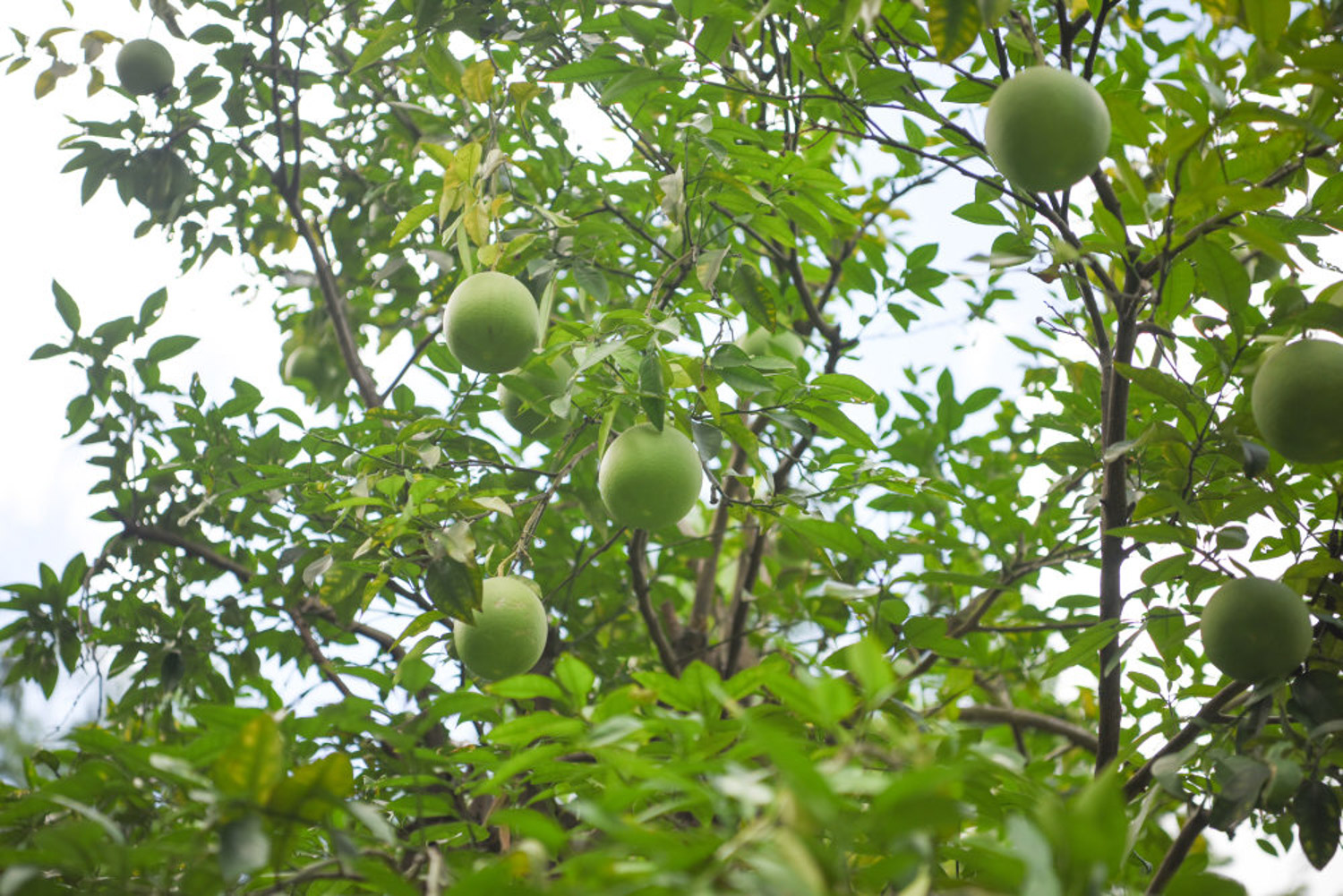1、 Curing method
1. Substrate selection: its root system is relatively developed and has relatively high requirements for soil. The soil needs to be fertile and have good air permeability and water retention capacity. At the same time, it is not easy to accumulate water and waterlogging. The humus content needs to reach more than 3%. An appropriate amount of bone powder can be applied as base fertilizer before planting, which is conducive to its vigorous growth

2. Light management: it likes light and is best bred in an environment with sufficient light. If it is planted indoors with bright light, it may only blossom and bear no fruit

3. Nutrient management: in the young tree stage before fruiting, the plant root system is shallow and the ability to absorb nutrients is not strong. Therefore, water and fertilizer management should be strengthened and thin fertilizer should be applied frequently. Spring shoot fertilizer in March, summer shoot fertilizer in May and winter fertilizer in November are essential. It is best to focus on organic nitrogen fertilizer, which can promote its vigorous growth, flowering and fruiting

4. Temperature management: it is relatively cold resistant. The average temperature of its origin is 17.5 ℃. If the ambient temperature in winter is low, it is necessary to take warm and cold proof measures to help it survive the winter safely

2、 Breeding skills
1. Propagation method: it can be propagated by sowing or grafting, mainly by grafting, preferably from March to June every year. After grafting, the soil should be kept moist as much as possible, and topdressing can be carried out after the scion pulls out new leaves

2. Pruning method: its pruning can preserve the leaves as much as possible. After flowering, the number should be properly controlled, and the deformed or over dense flowers should be cut in time, which can promote plant fruit

3、 Problem diagnosis and treatment
1. Long spots: bacteria are easy to cause ulceration, resulting in rough plant surface and ulceration spots with a diameter of about 3-5mm. Once found, cut off the diseased branches and leaves in time, clean up the diseased fruits and burn them on site. At the same time, spray stone sulfur mixture reasonably according to the instructions to eliminate the source of the disease

2. Insect pests: the more common insect pests are malignant leaf insects, red spider, leaf miner, etc., which harm the leaves. Pay attention to prevention and control during the shoot pulling period, and spray them with insecticides in time

4、 Other issues
1. Placement: it likes light and is best to be cultured in an open-air environment with full sunshine. If it is placed indoors, it may only blossom and bear no fruit

2, toxicity: it is not toxic. Its pericarp and Ye Junke are used as medicine. It can also be used to modulate aromatic essential oil, and its practical value is high. p>


 how many times do yo...
how many times do yo... how many planted tre...
how many planted tre... how many pine trees ...
how many pine trees ... how many pecan trees...
how many pecan trees... how many plants comp...
how many plants comp... how many plants can ...
how many plants can ... how many plants and ...
how many plants and ... how many pepper plan...
how many pepper plan...





























